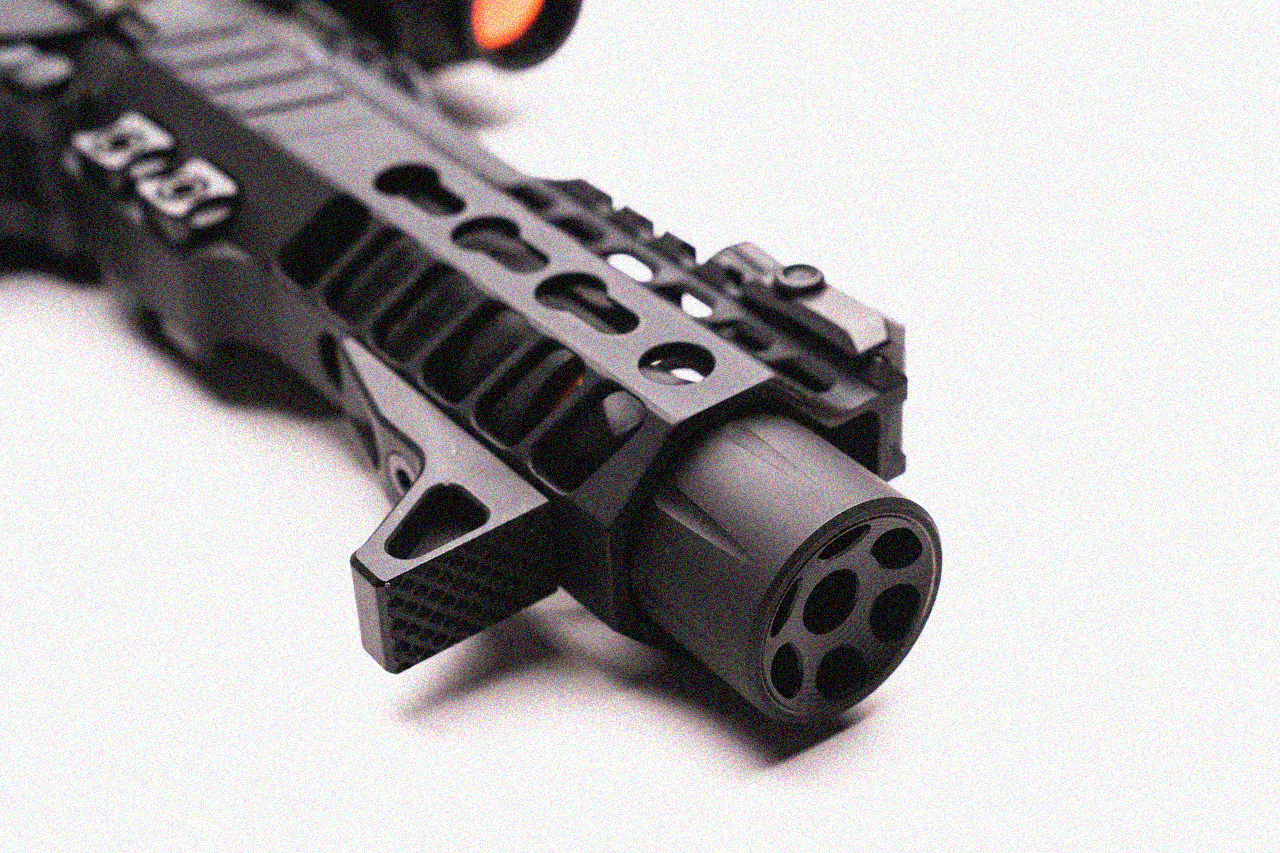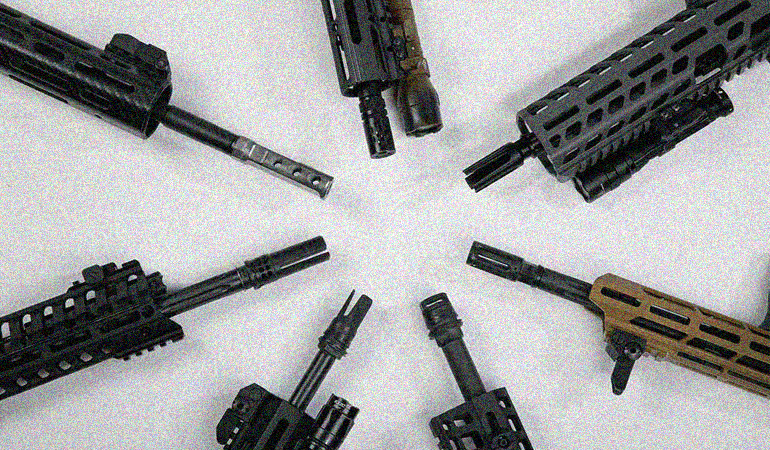In its most basic form, a linear compensator is nothing more than a simple device that helps to redirect muzzle blast away from the shooter. By ports or slots cut into the top and/or sides of the comp, gases are shunted sideways as they exit the muzzle, mitigating muzzle rise and associated loss of sight picture.
One of the main benefits of a linear compensator is that it redirects muzzle gases away from the shooter. This has the effect of reducing felt recoil, which makes shooting more comfortable for the shooter. Additionally, linear compensators tend to create fewer concussions than traditional mitigation devices like ported barrels and flash hiders.
Another benefit of linear compensators is that they can help to reduce muzzle rise. This is because the gases are directed down and to the sides, which counters the rise of the barrel caused by recoil. Additionally, linear compensators tend to have less muzzle flash than traditional devices. This is because the gases are dispersed more evenly and so there is less chance for them to create a bright flash when they exit the muzzle.

Linear compensators are often used on rifles and other long guns, as they can help improve accuracy by reducing muzzle rise. They’re also common on handguns, particularly those that are designed for self-defense or competition shooting. While they don’t do anything to reduce noise, linear compensators can be an effective way to manage recoil without negatively affecting accuracy or shot placement.


That said, it’s important to note that linear compensators are not without their drawbacks. For one, they can increase the noise level of your gun, which can be problematic if you’re trying to remain stealthy. Additionally, because they redirect gasses away from the shooter, they can potentially cause blowback, which can be dangerous.
Please login or Register to submit your answer

